Ascent Polaris Wheel Review: Complete CRAP, Avoid them
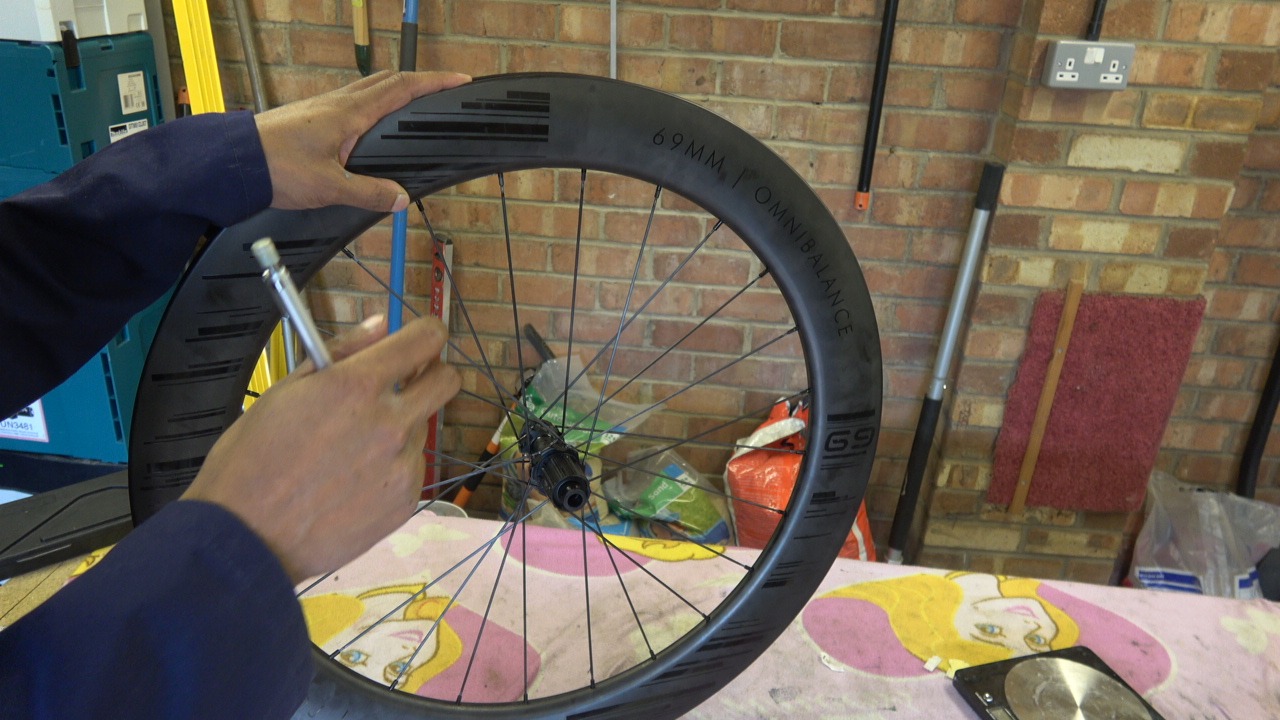
Introduction
Ascent is a company based in Singapore who make a bicycle parts. A relatively young company, they have been around on the market for a few years. The wheels on tested were their Polaris with DT 180 hubs and carbon spokes. Ascent have stated their rims are made in China by a third party and then assembled in Singapore by a respected local wheel builder. They retail for around $2000, they are not budget wheels.
Wheel Rims
The rims are of a fairly standard carbon layup construction and according to Ascent, they weigh in at around 560g, they are tubeless compatible. The rims feature a deep 69mm section and are extremely wide at 35mm. The internal width is 23mm. The rim was claimed to offer good crosswind stability by:
A linear response means that steering is more predictable with less twitching or jerking during sudden gusts, while a lower steering moment means less effort spent keeping the bike moving straight.
Ascent Bikes
The internal structure of the rim was inspected for voids and defects. The photographs show large areas of resin pooling, this is by itself of little concern structurally but it does cause a problem from a rotating assembly point of view. The excess resin causes an imbalance. Of slightly more concern are the multiple layers of carbon fibre shift which produce displacement voids. These are structural defects. It is likely they would have designed the wheels to allow for the frequency of defects but it should be noted that other manufacturers have refined their manufacturing to avoid the defects and thus they can make the rims lighter.
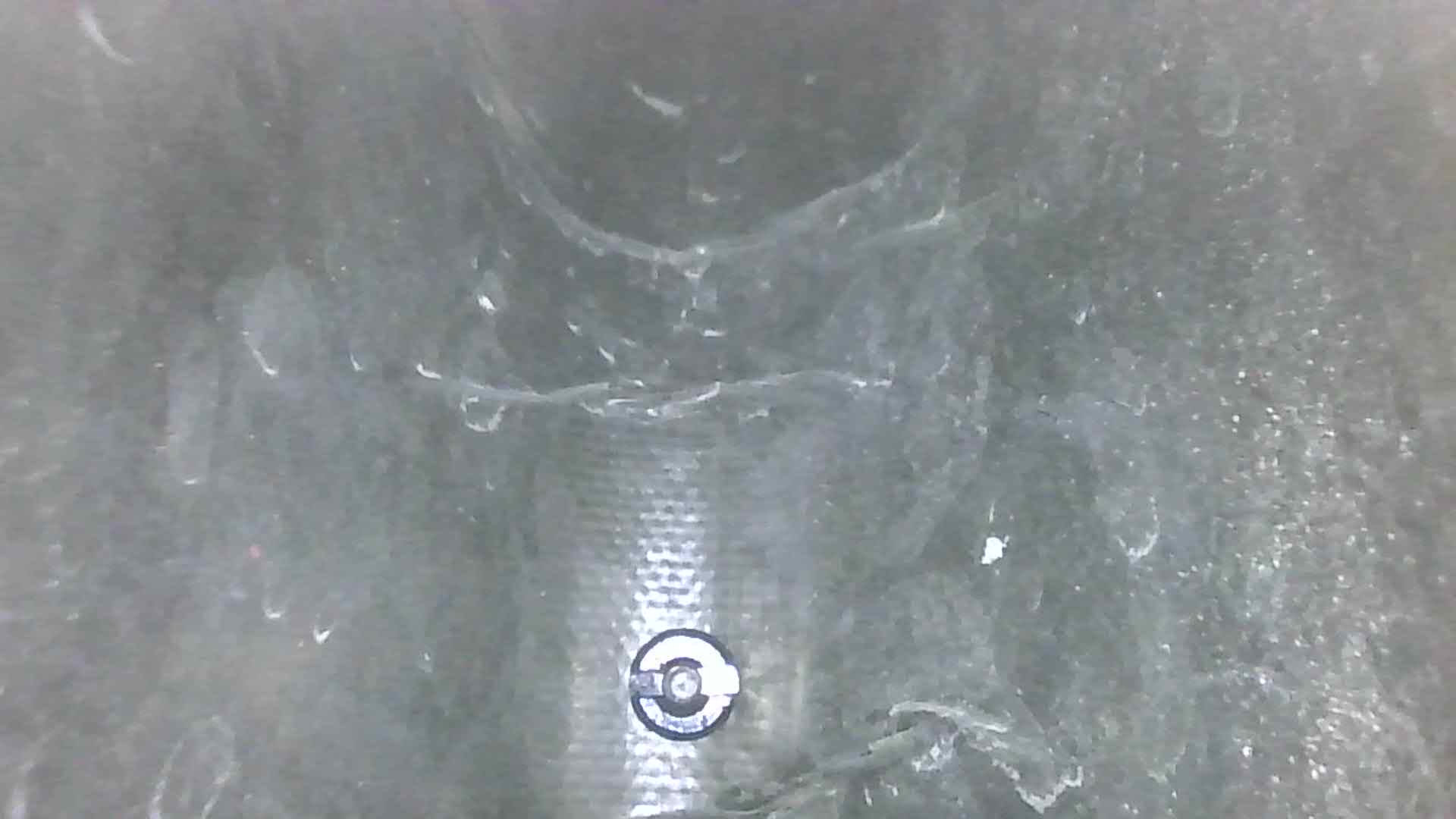
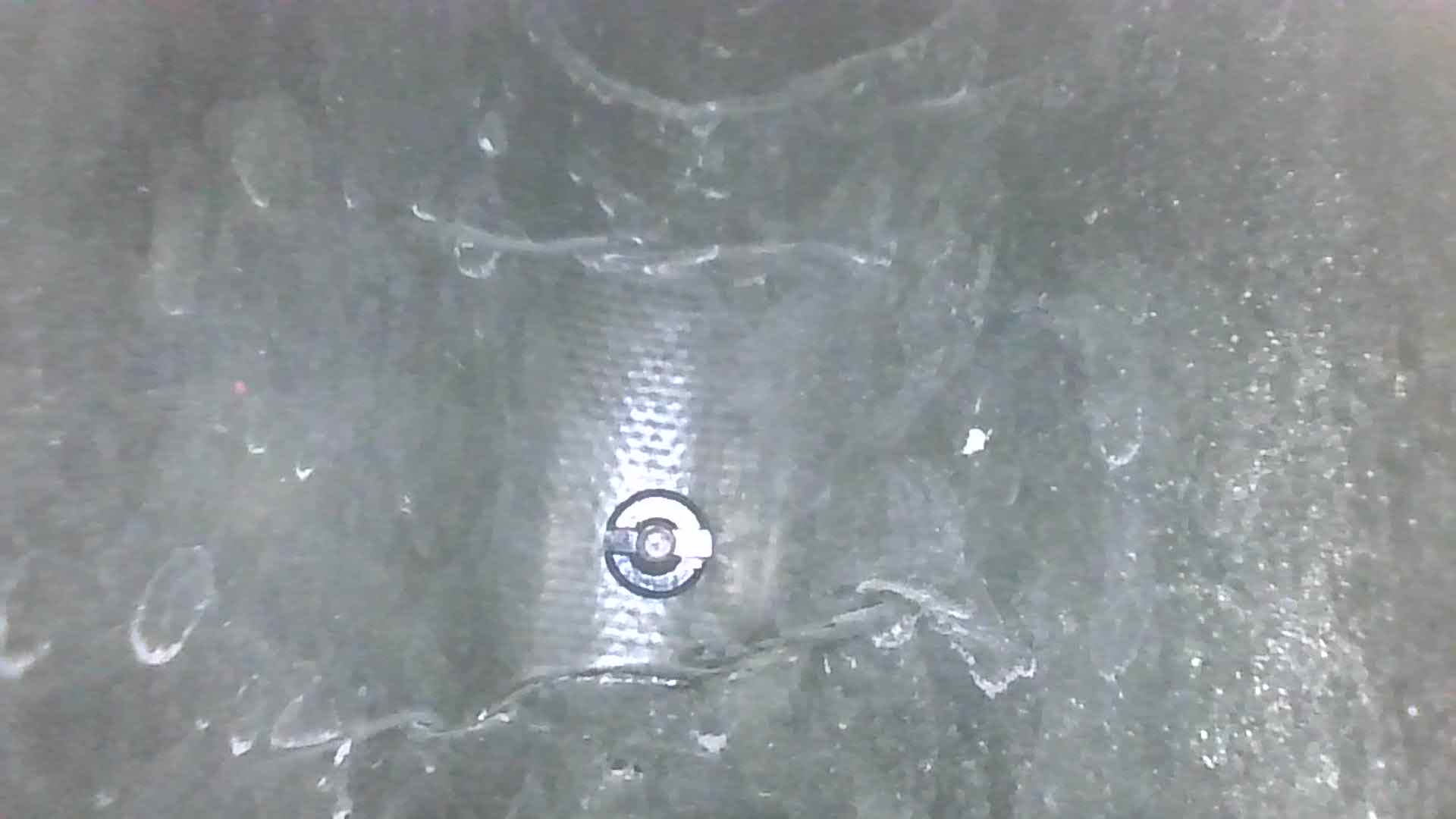
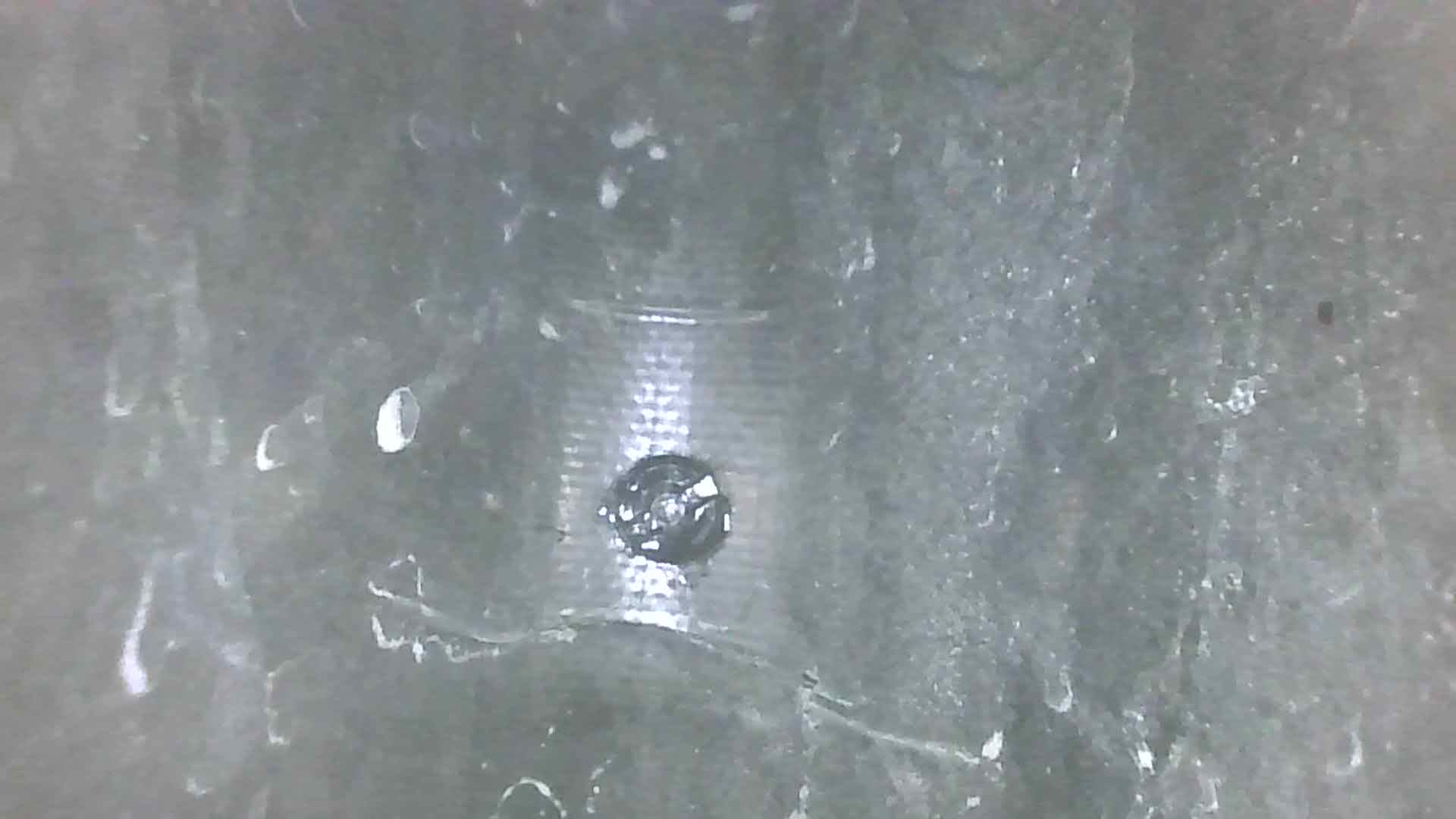
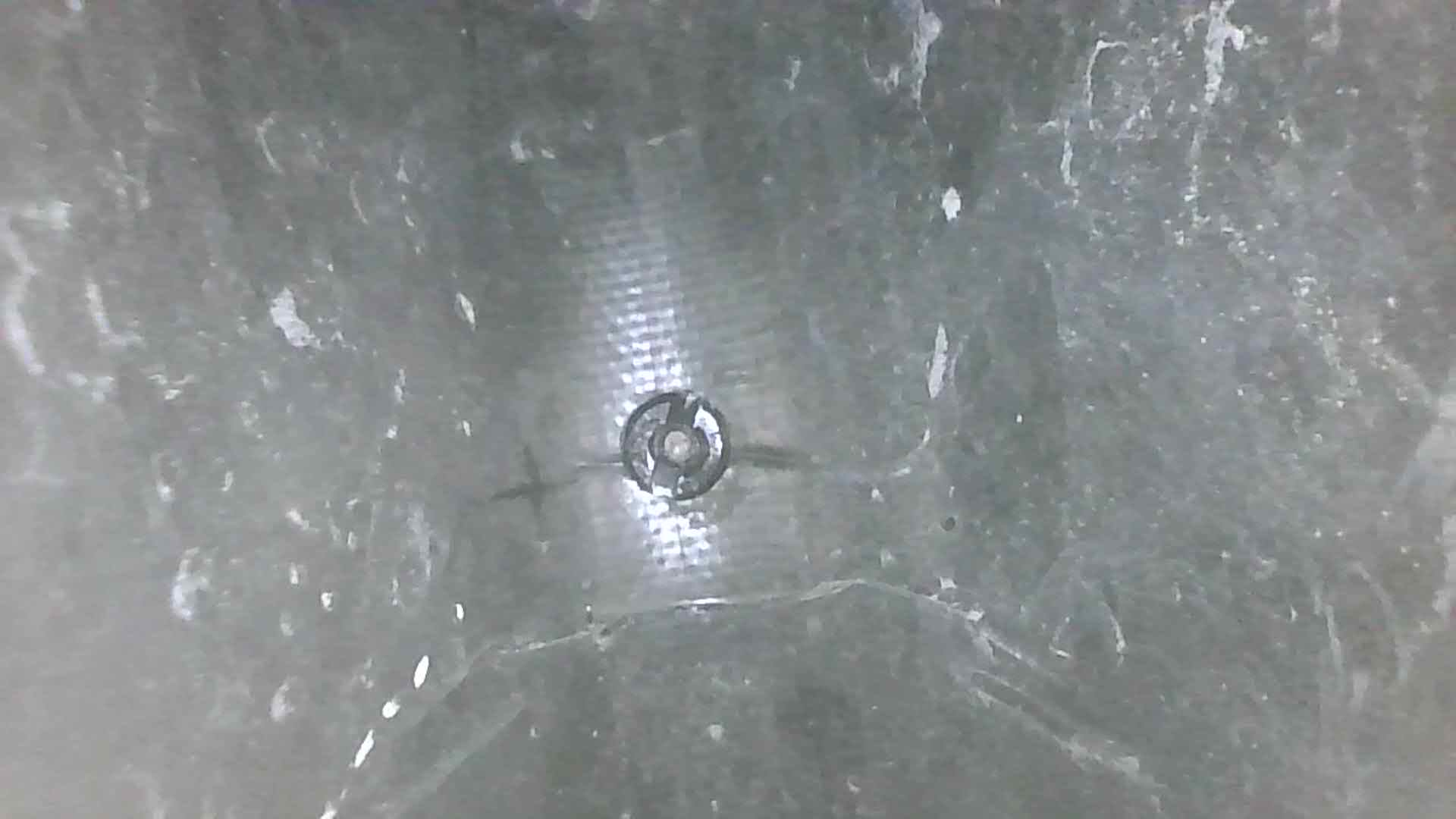
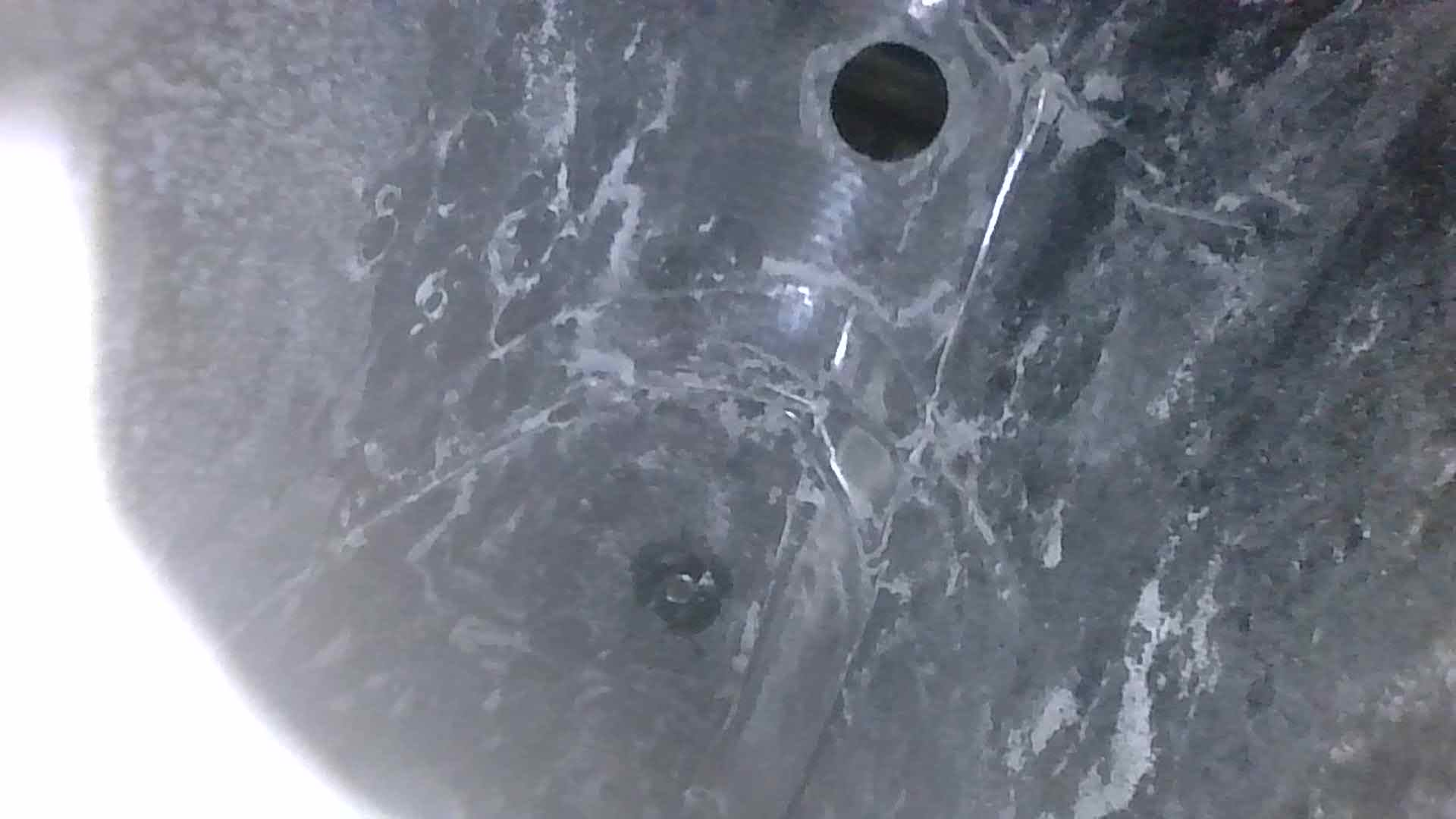
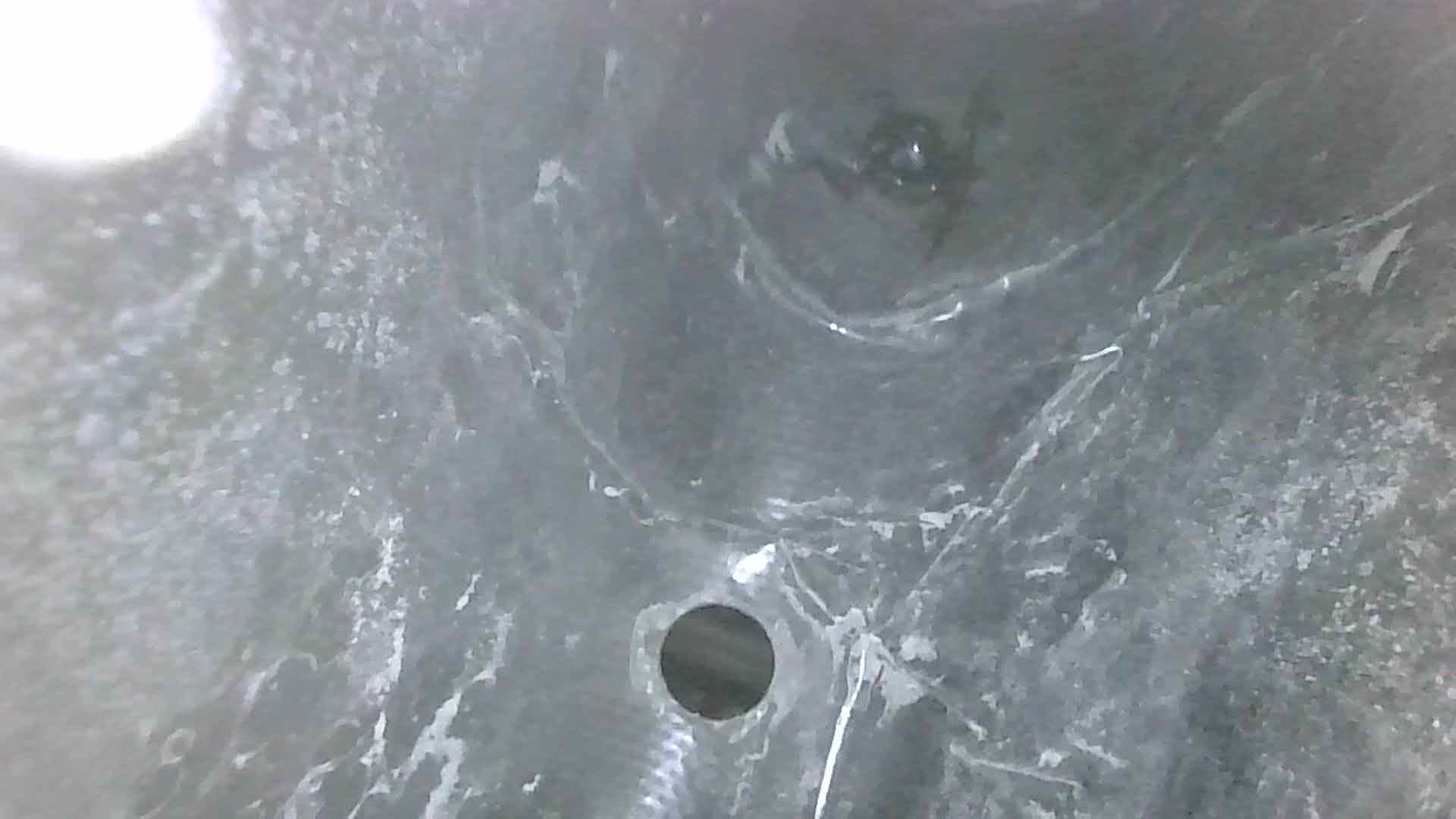
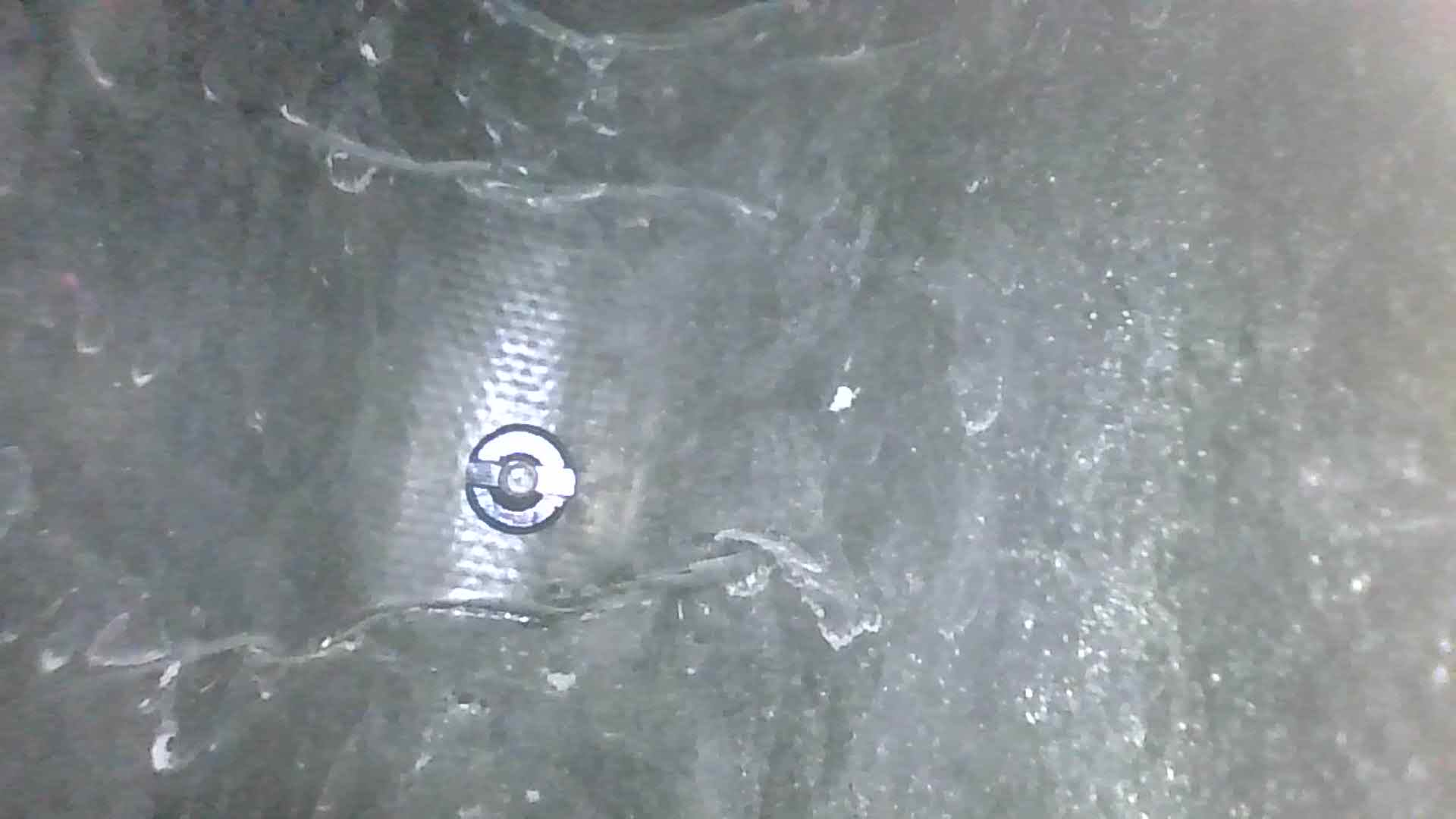
Build Quality – spokes that fall apart
The wheels were shown to have quite a high imbalance, this was likely caused by the excess resin found inside the rims. In addition a heavier wheel, by virtue of it being 69mm in depth is more likely to have balance irregularities.
During testing the spokes on the wheels started to disintegrate. the joint between the threaded element into the nipples had come apart from the carbon section. This failure mode has been reported before. Ascent stated their wheels had been subject to significant testing replicating thousands of kilometers. Despite this, the wheels on test and others failed and they issued a recall. The primary mode of failure appears to be via fatigue of the glued joint. Carbon spokes from other manufacturers – notably Farsports, Winspace and Elite have a reverse wedge lock system which mechanically stops the reliance on the bond.
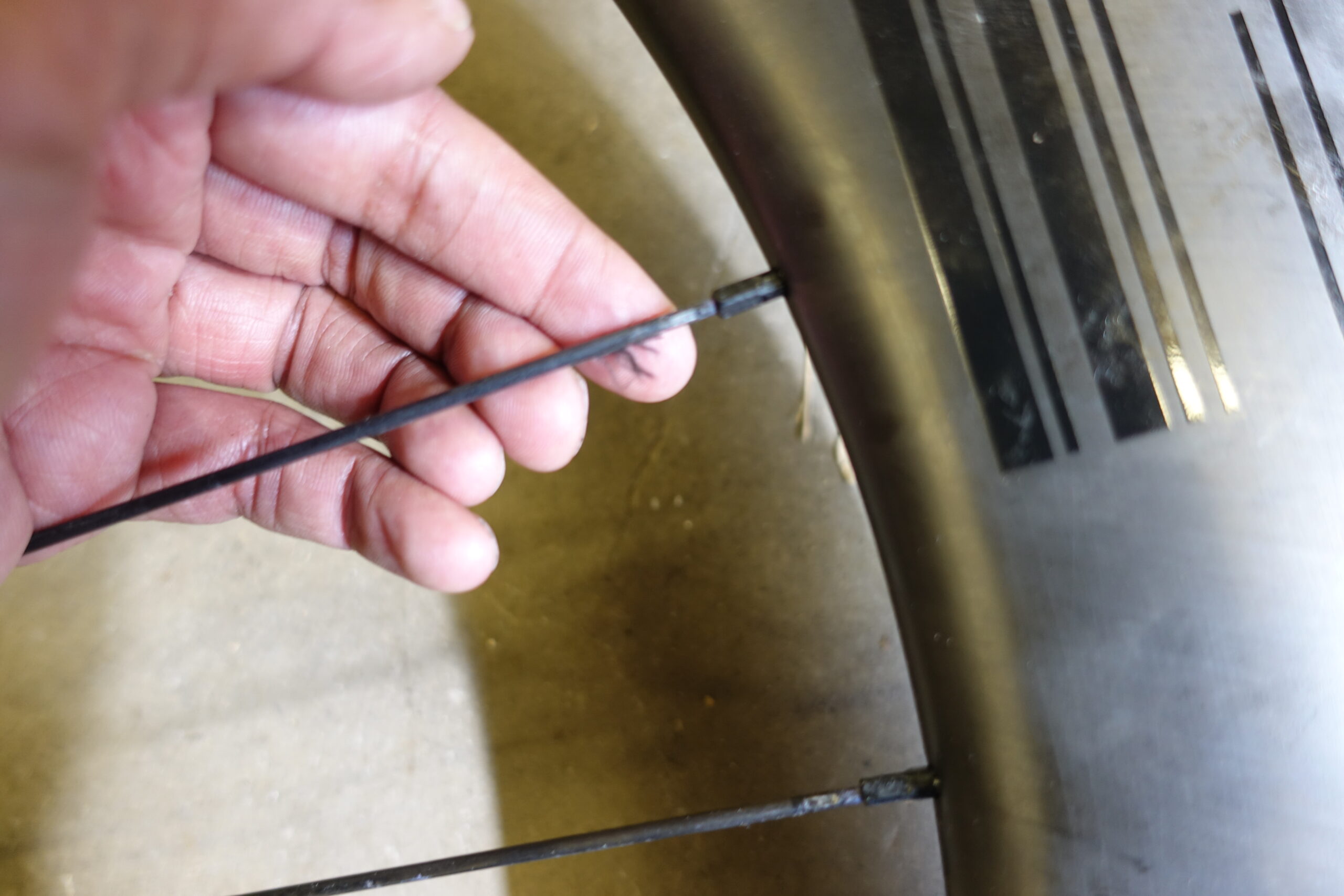
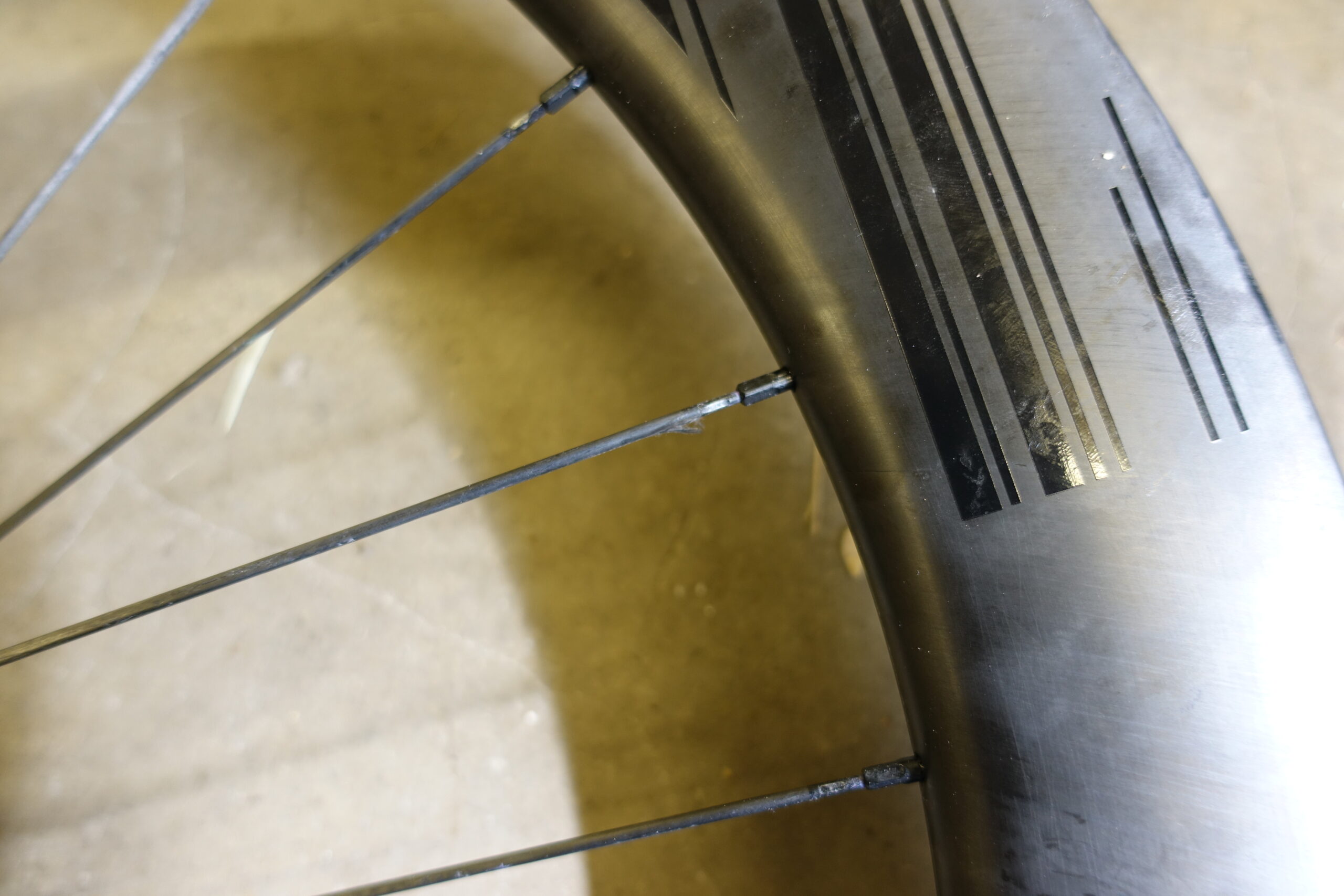
Out of Balance and Inertia
Out of balance is heavily influenced by build quality and the depth of the rim. In this case the out of balance was quite high in comparison to competitor wheels. Typically the out of balance will be in line with the valve hole. In this case, the phase angle was between 225 and 240 degrees (plot limitations). The limit value is 610g.mm, these wheels were 806g.mm. This post covers out of balance in considerable detail.
The moment of inertia is a measure used to judge how fast the wheels will accelerate. Given their depth, mechanical acceleration would be quite slow
Aerodynamic Performance
For out and out aerodynamics, the wheelset is quite poor. It’s extremely wide and has a quite short section within the adverse pressure gradient at the tail of the effective chord. In very basic terms, a move from 25 to 35mm is an increase in frontal area of 48%. For the wheels to be as aerodynamic in a straight line, a corresponding reduction of 48% in the drag coefficient of the wheel would be required to simply break even for the increased width. Given how wheel profiles have stagnated in recent years and how evolved airfoil knowledge is, that reduction is almost impossible. In transient conditions which are more a kin to real life, the delta is not as dramatic but it should be noted the customers who buy wheels of this depth will likely be looking more for out and out speed than cross wind stability. A wheel depth of 69mm has a huge surface area to catch any pressure differentials (wind).
The test wheels were also disadvantaged because they use discs. Test speed was 30km/h
Hubs
The hubs supplied were DT Swiss 180 EXP. These feature a spring loaded axial ratchet, they don’t have pawls. The claim is for faster engagement. These hubs do increase the price of the wheels considerably. There was no real damage to the freehub and none would be expected given the short test duration (due to spoke failure)
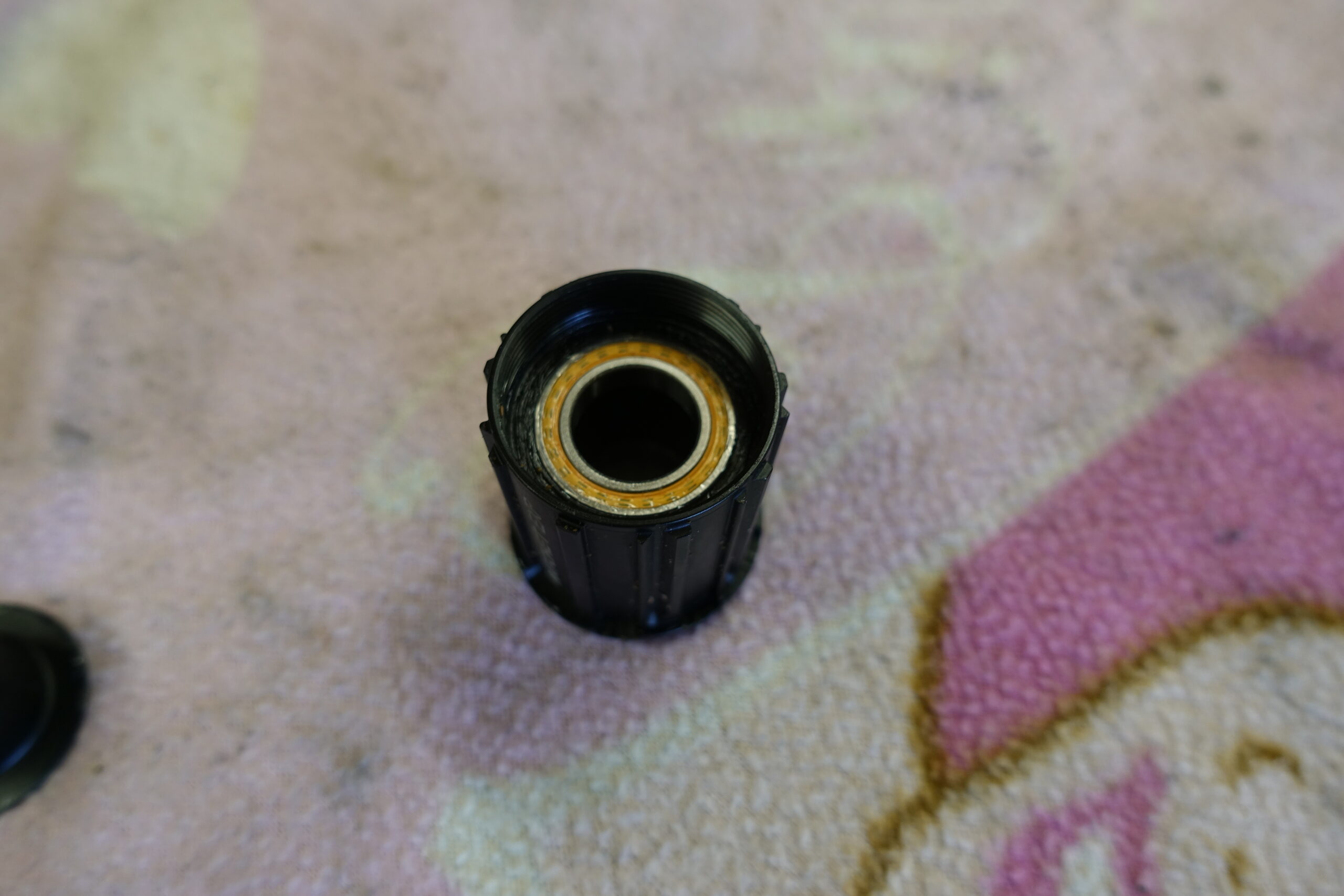
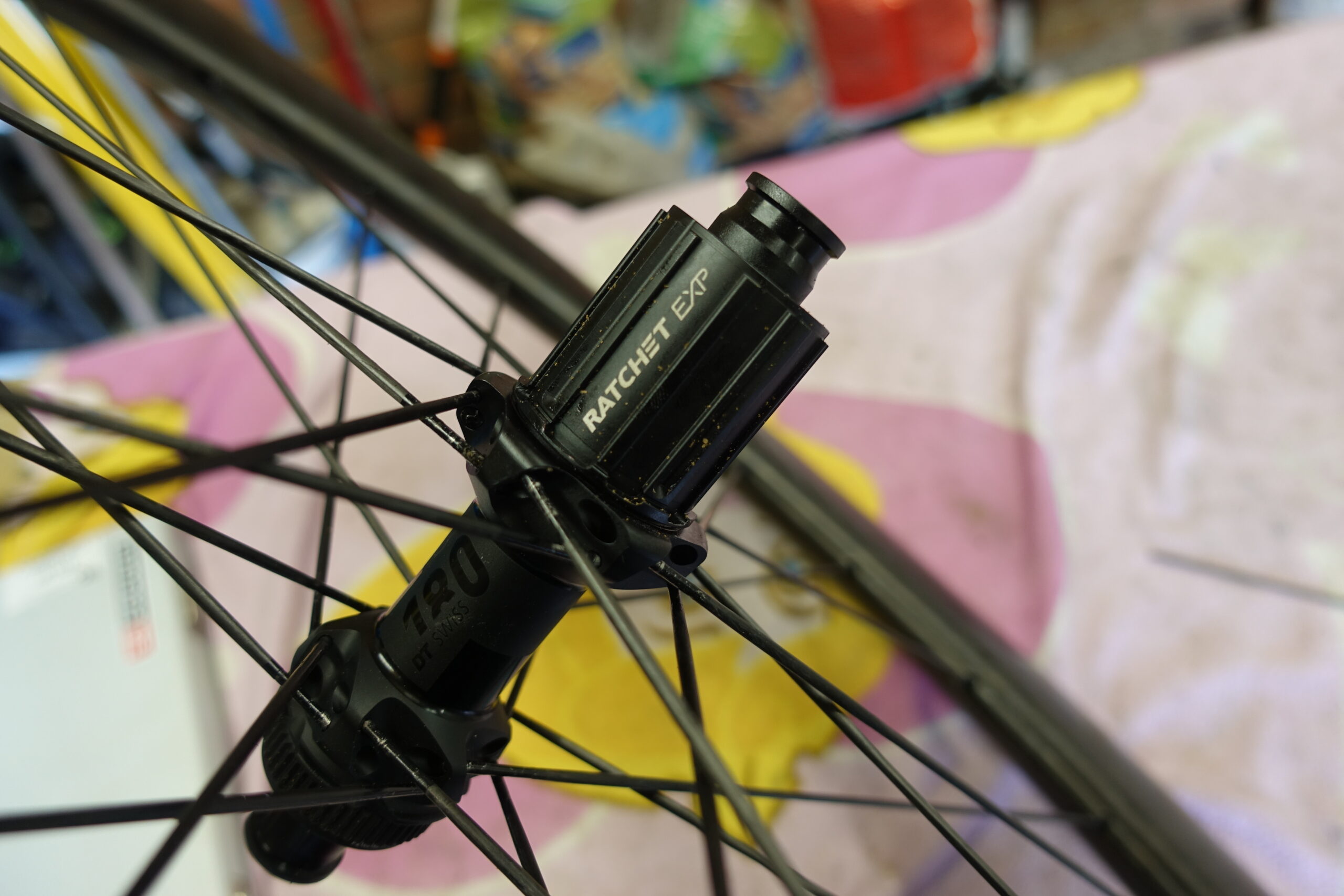
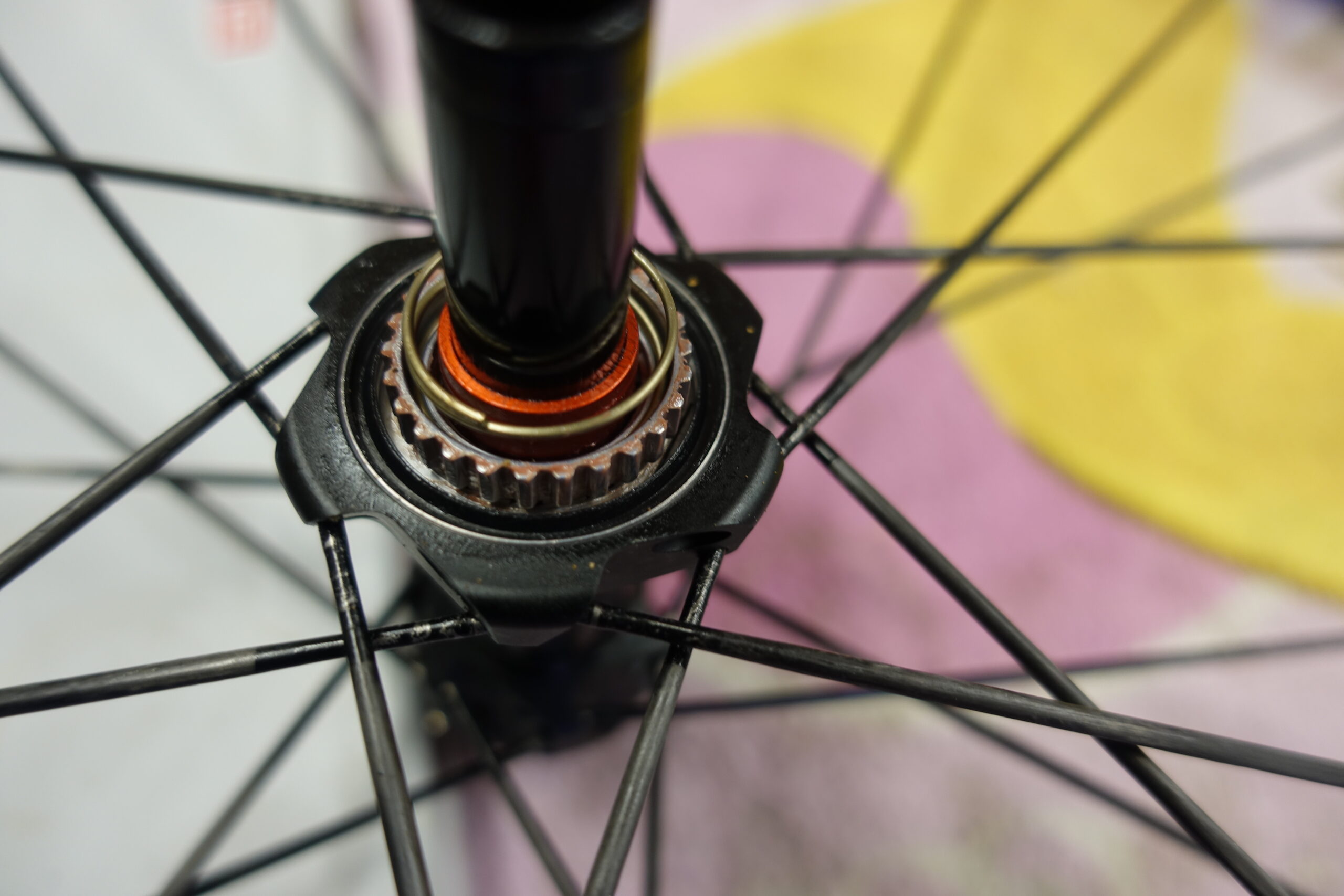
The recorded runout on the axles was by no means best in class and given the cost of the hubs was quite poor. The Bearings appeared to be OE items for DT Swiss. The seal design is similar to the offering by NTN although it is unclear if the execution is as good as an NTN or SKF seal. The bearings had not been used for long enough to determine their service life.
Conclusion
Crashing as a result of loss of spoke tension is not a nice experience and given the price of the wheels and the acclaimed engineering, it was quite disappointing. Ascent have supplied a replacement set of spokes and the review will be revisited once the wheels have been rebuilt.
In the current circumstances, this wheelset cannot be recommended. Other wheels present superior aerodynamic performance and are of proven design. To their credit, Ascent did recall their wheels and in some regards should consider themselves to be quite lucky given the associated litigation if someone had been involved in an accident and decided to take it further.


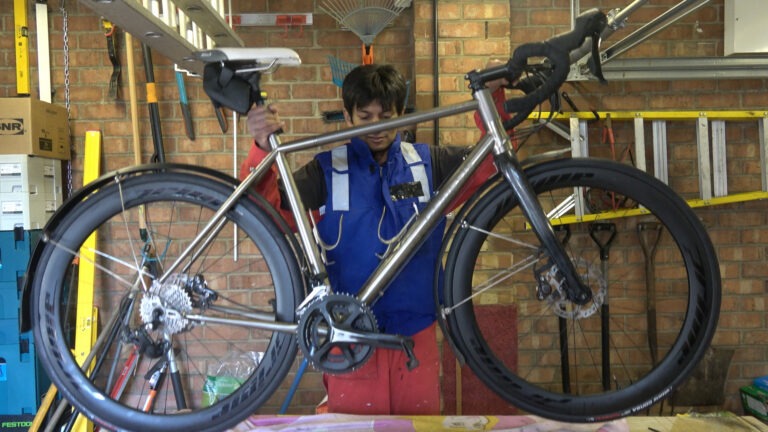
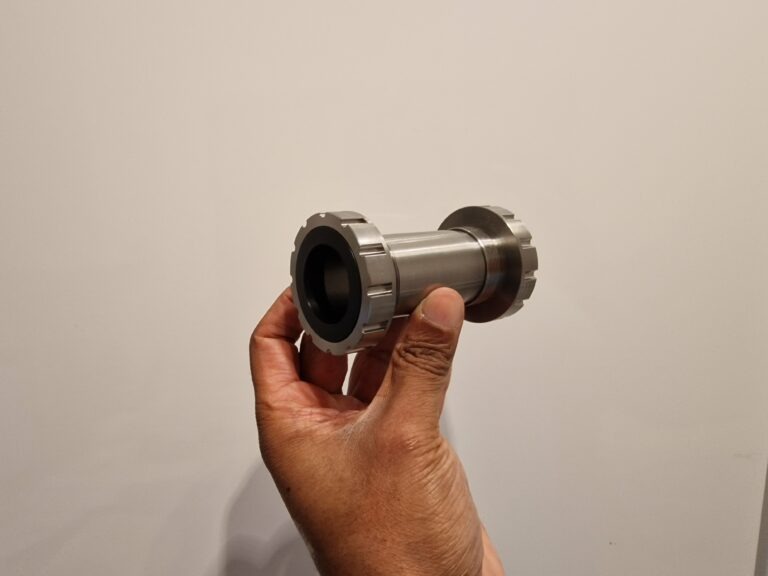
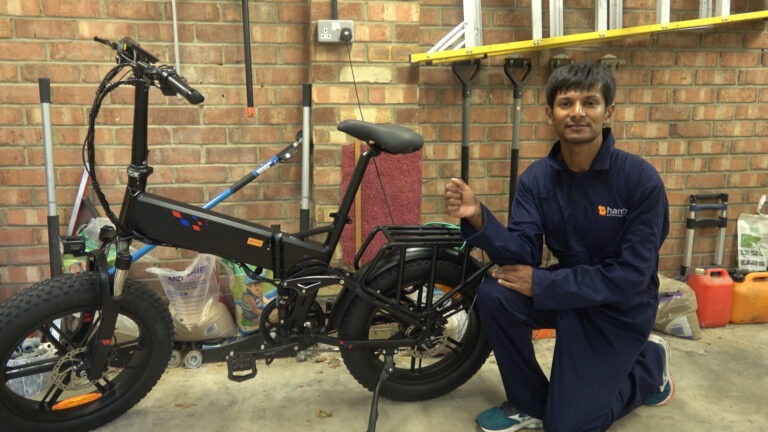
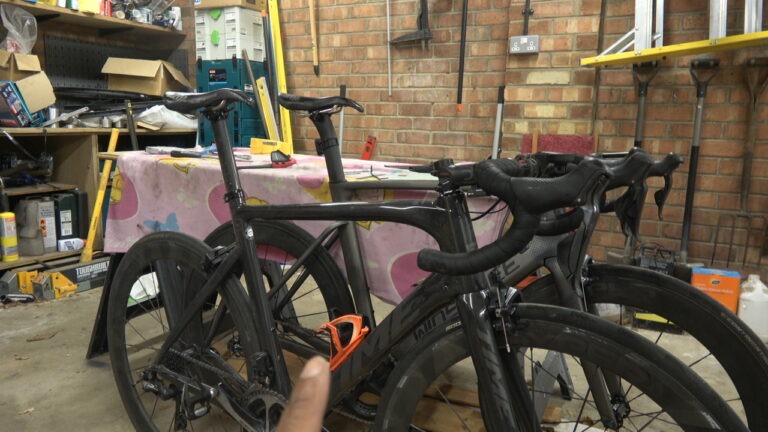
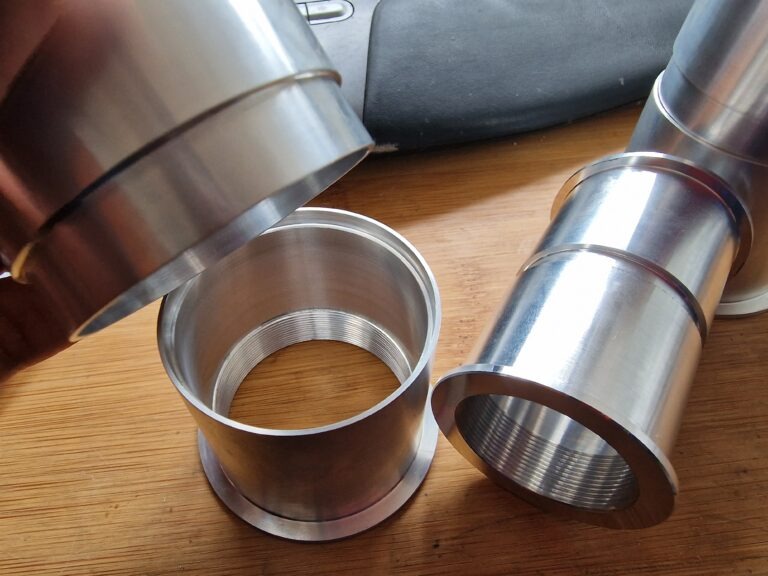
I watched the video when it came out. I’m staggered to believe that the idiot in charge had the audacity to defend his choice of spokes let alone the interior quality of the rim. It’s so badly out of balance and it is a mess inside, voids galore.
What a POS. Poor aero performance, crap structurally. You would need to be a weight weenie moron to buy these. The farsports wheels represent far better performance and value.